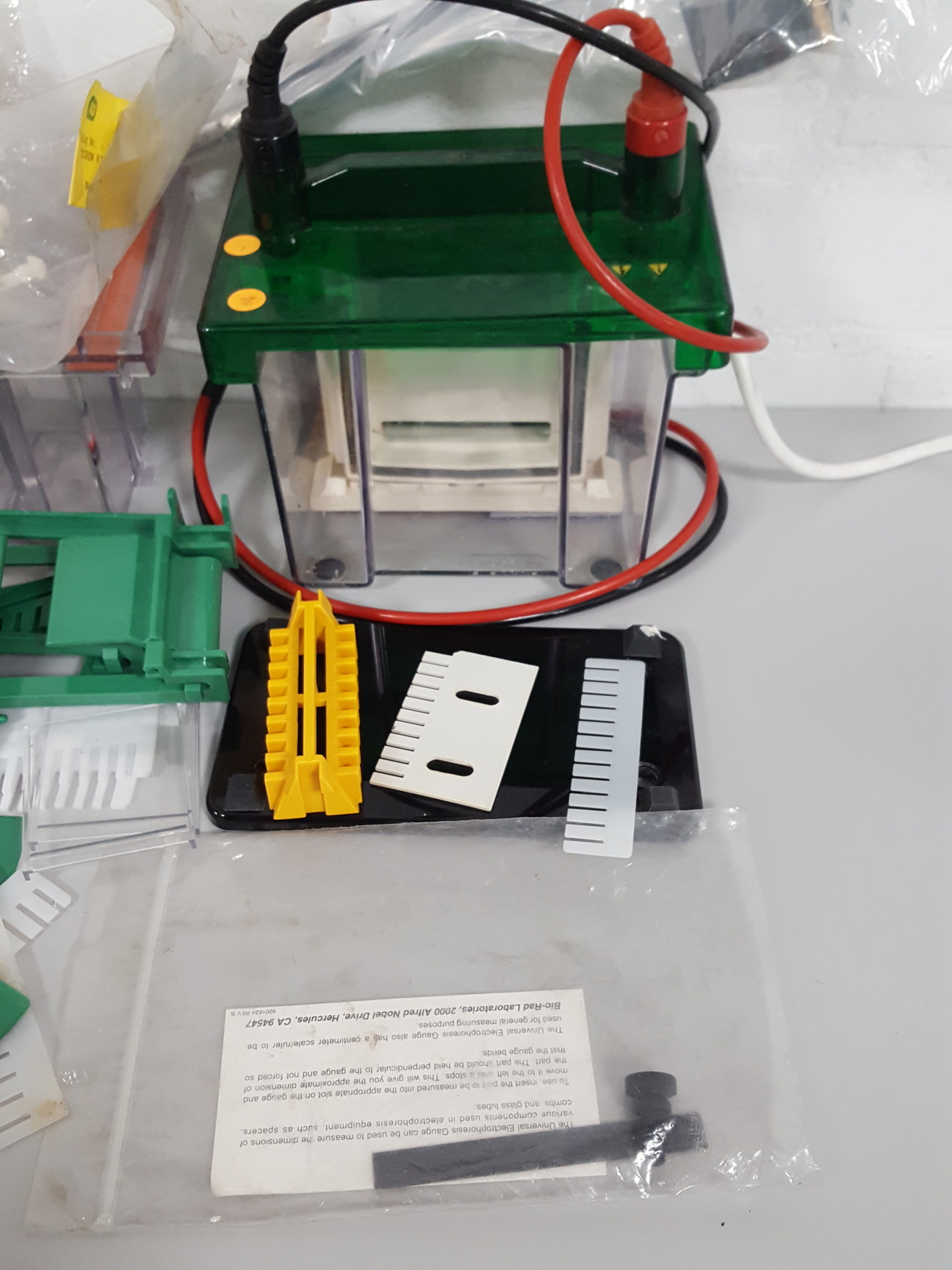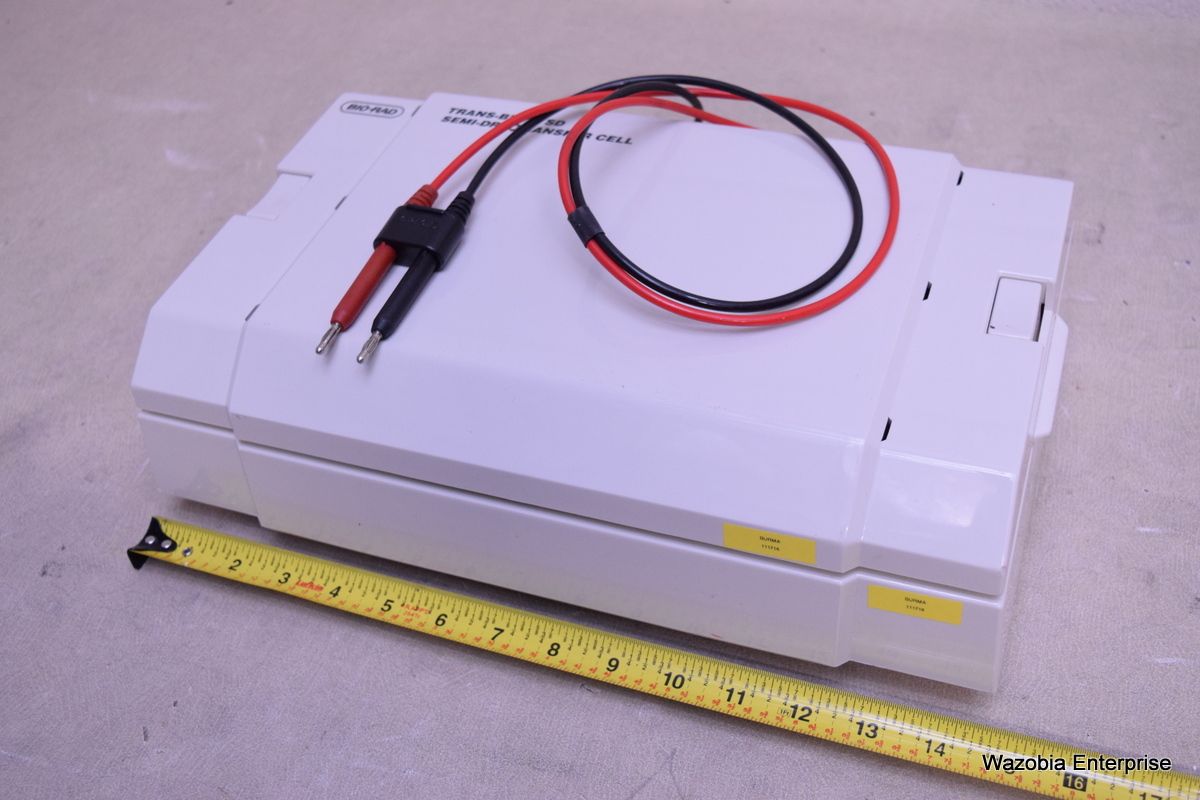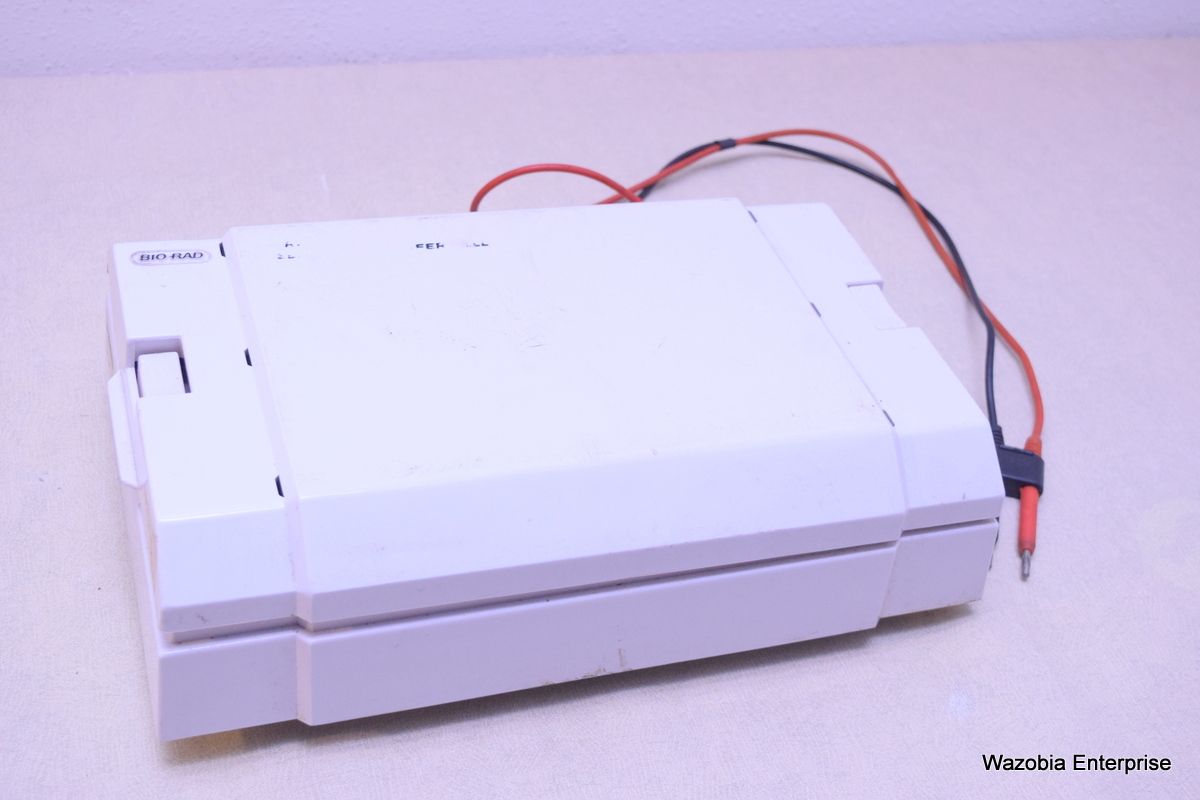

Power and transfer time limited due to lack of cooling options Widest range of power settings and transfer times Comparison of Western Blotting Transfer Systems Filter papers and membranes are pre-wet and packaged in single-use packages, simplifying assembly of the transfer stack.

Transfer conditions must be optimized for proteins of different molecular weights, e.g., to prevent under-transfer (incomplete transfer of proteins out of the gel) or over-transfer (loss of proteins passing completely through the membrane).Ī recent development, these systems utilize specialized apparatus that use proprietary filter papers and specialized buffers to rapidly and efficiently transfer proteins.


Both the voltage and the distance between the electrodes then play a major role in governing the rate of elution of the proteins from the gel. The electric field strength (measured in V/cm) that is generated between the electrodes is the driving force for transfer. Voltage is applied between the electrodes and proteins migrate to the membrane following the current that is generated by the applied voltage across the electrodes. During this process, the membrane and gel are placed together, with filter paper between two electrodes. The most common method of transfer in western blotting is electrophoretic transfer, where an electric field is used to elute proteins from gels and transfer them to membranes. Learn from the experts.Ī free, sterile, and safe tool that allows for removal of bands from gels.Gel and Membrane Setup for Electrophoretic Transfer Introducing the Western Blot Learning Center.The 2-D Doctor is a self-help guide developed by Bio-Rad that enables you to identify and troubleshoot your 2-D gel issues. Troubleshooting 2-D Electrophoresis Gels with 2-D Doctor.Our self-help troubleshooting guide covers solutions to many common and not-so-common western blotting issues and helps your blots look their best. Western Blot Doctor Troubleshooting Guide.
BIO RAD WESTERN BLOT APPARATUS PRICE PLUS
This guide describes the experimental methods and tools used in 2-D electrophoresis and proteomics research.ĭetails on blotting technology, available products, and methods, plus tips, techniques, and troubleshooting.Ī guide to polyacrylamide gel electrophoresis and protein detection, including theory, product selection, protocols, and more.


 0 kommentar(er)
0 kommentar(er)
